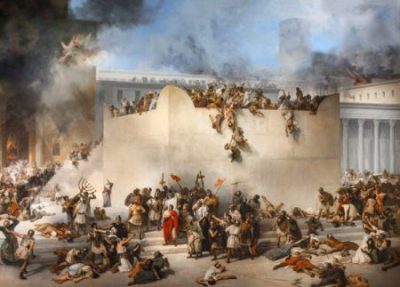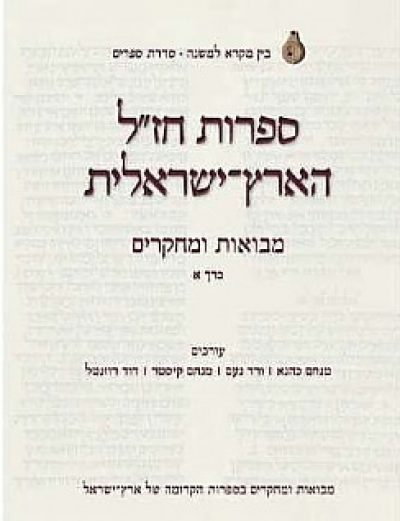The Sigd is an old Jewish holiday of the Ethiopian Jews which began centuries ago in Ethiopia itself but more recently appeared in Israel after the immigration of tens of thousands of Ethiopian Jews (almost the entire Ethiopian Jewish community) to Israel beginning in the mid 1980’s and early 90’s. The essence of the holiday in Ethiopia was twofold, the affirmation of the communal covenantal relationship with God, and the age old wish to return to what was seen as the original ancestral land of Israel and specifically to Jerusalem. The word “sigd” is from the Geez language (the traditional holy language of Ethiopian Jews). It means ‘to prostrate’ or ‘bow down’ and has connections to the Muslim term “Masjid” (Misgad in Hebrew) or mosque. After a fast, the community, led by its religious leaders, carrying their sacred scrolls, would walk up a certain mountain and pray, read from the holy texts and reaffirm their wish to return to Jerusalem. After this, the fast would be broken and a celebration would follow.

Following the communal immigration in the 80’s and 90’s, the festival was adjusted to the new situation and a ceremony in Jerusalem was instituted. Taking place on the traditional date of 29th of the month of Cheshvan (usually in November), exactly fifty days after the holy day of Yom Kippur, the Ethiopian community (known traditionally as the Beta Israel – the house of Israel) comes from all over the country in buses which converge on Jerusalem and meet at the overlook of the old city in the East Talpiot area of Jerusalem. It is a site which carries traditional associations of Abraham and replicates the motif of Mount Sinai and the acceptance of the Torah, which was symbolized by the walk to and up the mountain in Ethiopia. On this hill, overlooking the old city of Jerusalem, tens of thousands of Ethiopian Jews, observe the traditional ceremony, with the difference that the prayers to return to Jerusalem have been replaced by prayers of thanksgiving for having returned. The Kessim (priests, religious leaders), carrying multi-coloured umbrellas in traditional colours, address the crown from a platform. The women are all dressed in white traditional clothes and most of the men have elements of traditional dress. One of the interesting aspects is that many non-Ethiopian Jewish Israelis have started to go to the assembly and a large number of festive elements, song, dance, story-telling and talks on Ethiopian Jewish history and culture have been increasingly emphasized both for Israeli visitors who come from different backgrounds and for the younger generation of Ethiopians who have become increasingly “Israel-ised” and in many cases, less familiar with the traditions of their mother culture.
In 2008, a law of the Knesset was passed to institute the Sigd as an official national holiday with the result that on that day, there are likely to be educational activities connected with the subject at schools as well as cultural celebrations at many different locations in the country.






